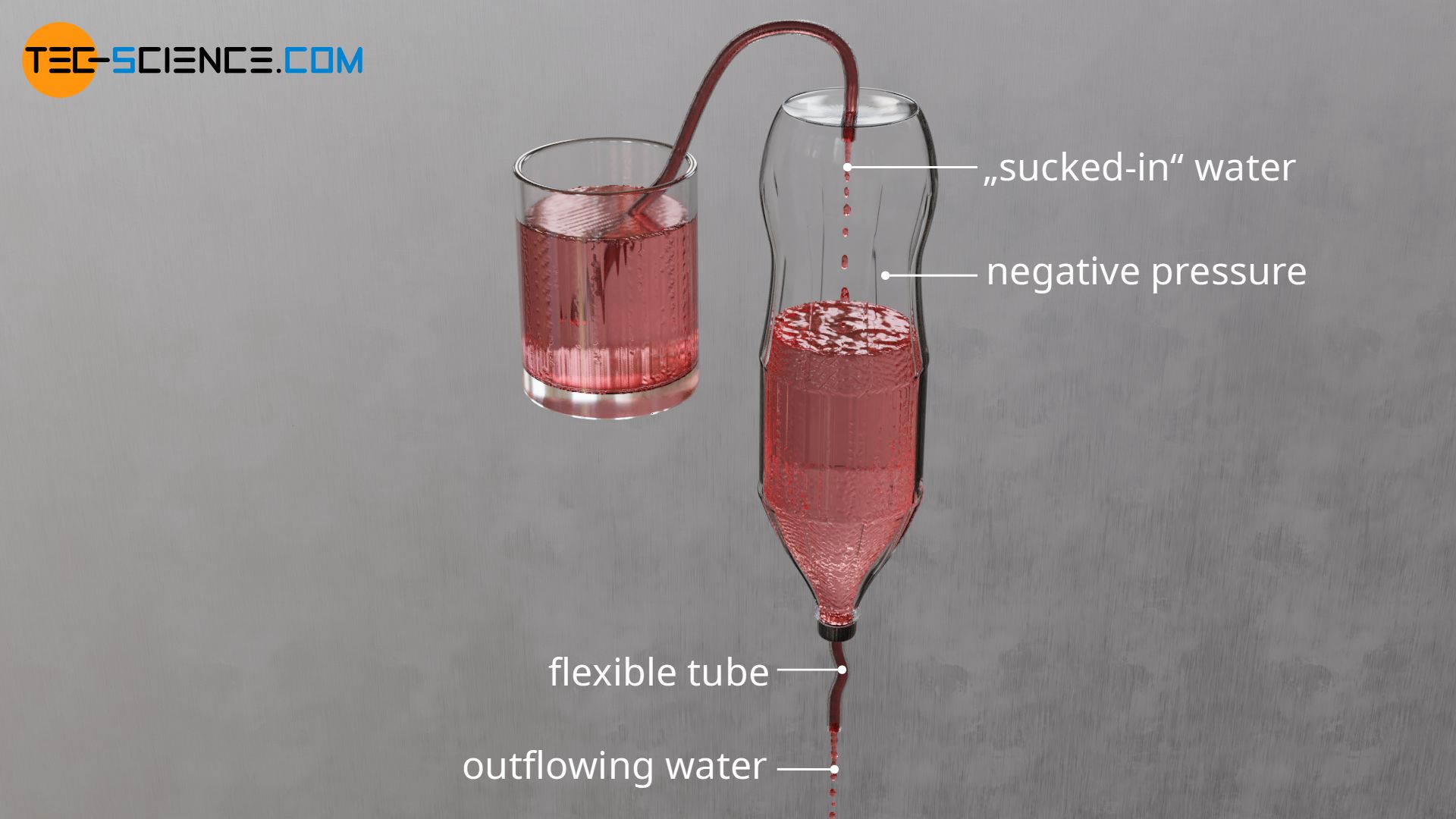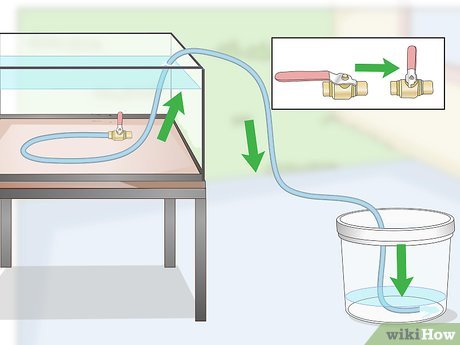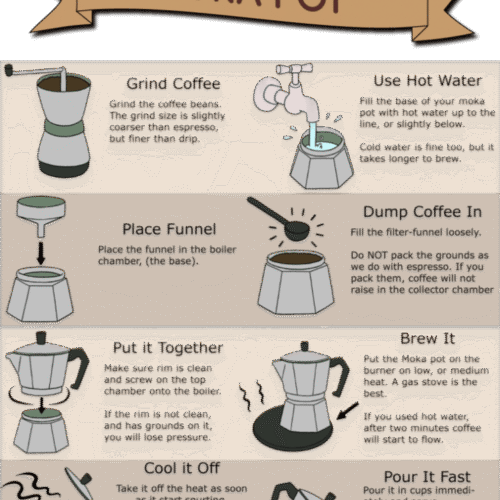To siphon water, place one end of a hose in the water source and the other end at a lower level. Start the flow by sucking on the hose or filling it with water.
Siphoning water is a practical skill useful in various situations. Gardeners use it to transfer water between tanks, while aquarium owners use it for water changes. The process relies on gravity and atmospheric pressure, making it an efficient method for moving water without pumps.
Understanding the basics of siphoning can save time and effort in many tasks. Properly executed, it ensures a smooth and continuous water flow. This guide will help you master the technique with ease and efficiency.
Gathering Materials
Before you start siphoning water, gathering the right materials is essential. Having the correct tools and knowing the safety measures can make the process smoother and safer. Below, we will discuss the essential tools and safety precautions needed for siphoning water.
Essential Tools
To siphon water effectively, you’ll need a few basic tools. Here is a list of essential tools you should gather:
- Siphon Hose: A clear, flexible hose is ideal.
- Buckets: Use clean buckets to collect the water.
- Hand Pump: Optional, but useful for starting the siphon.
- Water Source: Ensure it is clean and accessible.
Choosing the right hose is important. A clear hose helps you see the water flow. Buckets should be large enough to hold the siphoned water. A hand pump can make the process easier, especially for beginners.
Safety Precautions
Safety is a priority when siphoning water. Follow these safety precautions to avoid accidents:
- Wear Gloves: Protect your hands from contaminants.
- Avoid Drinking the Water: Siphoned water may contain harmful substances.
- Work in a Well-Ventilated Area: Prevent inhalation of harmful fumes.
- Secure the Hose: Ensure the hose does not slip during the process.
Always wear gloves to protect your skin. Never drink siphoned water, as it could be unsafe. Work in a space with good airflow to avoid breathing in any fumes. Make sure the hose is secure to prevent spills or other accidents.
Choosing The Right Hose
Siphoning water can be simple if you use the right hose. The hose you choose affects how fast and efficiently water moves. Below, we explain key factors: Hose Diameter and Hose Length.
Hose Diameter
The diameter of the hose matters a lot. Larger diameter hoses can move water quickly. Smaller diameter hoses are slower but easier to handle. Choose a size that balances speed and ease of use. Here’s a quick guide:
| Hose Diameter | Water Flow Rate |
|---|---|
| 1/4 inch | Slow |
| 1/2 inch | Moderate |
| 3/4 inch | Fast |
Hose Length
The length of the hose is also important. A longer hose can reach further but may slow down water flow. A shorter hose is faster but can’t reach as far. Think about your needs before choosing:
- Short Hose: Good for small tasks.
- Medium Hose: Balanced for most jobs.
- Long Hose: Best for distant spots.
Remember, the right hose makes siphoning water easier. Choose wisely based on your task’s needs.
Preparing The Water Source
Before you start siphoning, you need to prepare the water source. This involves checking the water clarity and the initial water level. Proper preparation ensures the siphoning process is smooth and efficient.
Water Clarity
Check the water clarity first. Clear water is easier to siphon. If the water is dirty, filter it first. Use a mesh or cloth filter. This prevents debris from clogging the siphon tube.
Initial Water Level
Next, measure the initial water level. The water level should be higher than the destination container. This height difference creates the necessary pressure. Use a ruler or measuring tape to check.
| Step | Action |
|---|---|
| 1 | Check water clarity |
| 2 | Filter dirty water |
| 3 | Measure initial water level |
Follow these steps to ensure a smooth siphoning process. Proper preparation is key to successful water siphoning.
Starting The Siphon
Siphoning water can be tricky. Starting the siphon is the most important step. This guide will show you two methods. Learn how to do it manually or with a pump. Both ways are simple and effective.
Manual Method
The manual method requires no special tools. Follow these steps:
- Fill the hose with water.
- Place one end in the water source.
- Cover the other end with your thumb.
- Move the covered end to the lower container.
- Release your thumb to start the flow.
Make sure the end in the water stays submerged. This keeps the siphon going.
Using A Pump
Using a pump can make the process easier. Here’s what to do:
- Attach the pump to the hose.
- Place the intake end in the water source.
- Put the output end in the lower container.
- Turn on the pump to start the siphon.
Pumps are great for large volumes. They are faster and more efficient.
| Method | Tools Needed | Best For |
|---|---|---|
| Manual Method | Hose | Small tasks |
| Using a Pump | Hose, Pump | Large tasks |
Choose the method that fits your needs. Both are easy to learn and use.
Maintaining Water Flow
Keeping a steady water flow while siphoning is essential. This ensures you transfer all the water efficiently. Let’s explore some key tips to maintain water flow.
Avoiding Air Bubbles
Air bubbles can disrupt the water flow. Here are some tips to avoid them:
- Ensure the hose is fully submerged in water at the start.
- Hold the hose tightly to prevent air from entering.
- Keep the hose straight without bends or kinks.
Air bubbles can cause the flow to stop. Keep an eye on the hose to ensure no bubbles form.
Securing The Hose
Securing the hose is crucial for maintaining water flow. Here’s how to do it:
- Use a clip to hold the hose in place.
- Ensure the hose is stable at both ends.
- Position the hose downhill to let gravity assist the flow.
A securely placed hose ensures uninterrupted water flow. This helps in efficient water transfer.
| Tips | Details |
|---|---|
| Avoid Air Bubbles | Keep the hose submerged and straight |
| Secure the Hose | Use clips and ensure stability |
Follow these tips for a smooth siphoning process. Maintain the water flow for best results.

Credit: www.wikihow.com
Stopping The Siphon
Stopping the siphon correctly is crucial to avoid mess and damage. Follow these steps to end the siphoning process smoothly and efficiently. This guide will help you stop the siphon and store your hose properly.
End Of Siphoning
To stop the siphon, follow these steps:
- Pinch the hose near the end where water exits.
- Lift the hose out of the water source to stop flow.
- Release the pinch once the hose is clear of water.
Make sure all water is out before you store the hose. This prevents any spills and keeps the hose clean.
Proper Hose Storage
Proper hose storage ensures your equipment lasts longer. Follow these tips:
- Coil the hose neatly to avoid kinks and tangles.
- Store the hose in a dry place, away from direct sunlight.
- Keep the hose off the ground to prevent dirt and damage.
Using a hose reel can make storage easier and more organized.
| Step | Action |
|---|---|
| 1 | Pinch the hose near the end |
| 2 | Lift the hose out of the water source |
| 3 | Release the pinch once clear |
Follow these simple steps to ensure your siphoning process ends cleanly and your hose stays in top condition.
Troubleshooting Common Issues
Siphoning water can be tricky. You might face some common issues. Here, we tackle the most common problems and how to fix them. Follow these tips to ensure smooth water flow.
Slow Water Flow
Slow water flow is a frequent issue. Here are some ways to solve it:
- Check for Kinks: Ensure the hose is straight and kink-free. Kinks can restrict water flow.
- Use a Larger Hose: A wider hose allows more water to pass through.
- Elevate the Source: Place the water source higher than the destination. Gravity will help increase flow.
- Clean the Hose: Debris inside the hose can slow water flow. Rinse it out well.
Airlocks In The Hose
Airlocks can stop water from flowing. Here’s how to clear them:
- Fill the Hose: Submerge the entire hose in water before starting. This removes air pockets.
- Shake the Hose: Shake the hose to dislodge trapped air.
- Use a Pump: A small hand pump can help push air out of the hose.
- Check Connections: Ensure all connections are tight. Loose connections can let in air.
By addressing these common issues, your siphoning process will be much smoother. Happy siphoning!

Credit: www.youtube.com
Applications Of Siphoning
Siphoning water is a simple yet effective technique. It has many practical applications. Whether in your garden or during an emergency, siphoning can be very handy.
Gardening Uses
Gardening enthusiasts often use siphoning to water plants. Siphoning helps transfer water from one container to another. This method is useful for maintaining a steady water supply. It is especially beneficial during dry seasons.
Here are some common gardening uses:
- Watering plants
- Filling up garden ponds
- Draining excess water from pots
Using a siphon can save time and effort. It also ensures your plants get enough water without overwatering them.
Emergency Situations
In emergencies, siphoning can save the day. You can use it to remove water from flooded areas. It is also useful for transferring fuel from one tank to another.
Consider these scenarios:
- Draining water from a flooded basement
- Transferring fuel to a stranded vehicle
- Removing unwanted liquids from containers
Having a siphon on hand can be a lifesaver. It offers a quick solution to urgent problems.

Credit: www.tec-science.com
Frequently Asked Questions
How Do You Easily Siphon Water?
To easily siphon water, submerge a hose in the water, cover one end, and lift it out. Release the end to start the flow.
How To Get Water Out Of A Tank Without A Pump?
Use a siphon hose to remove water. Submerge the hose, then seal and lift one end higher. Release to start flow.
How To Transfer Water With A Hose?
Attach one end of the hose to a water source. Place the other end where you need water. Turn on the water source. Ensure there are no kinks in the hose.
How To Make A Simple Siphon?
To make a simple siphon, fill a tube with water. Submerge one end in the source liquid. Lower the other end to start the siphon process.
Conclusion
Mastering the art of siphoning water can be incredibly useful. This simple technique can solve many everyday challenges. With the right tools and safety precautions, you can easily transfer liquids. Practice makes perfect, so don’t hesitate to try it yourself.
Happy siphoning!








